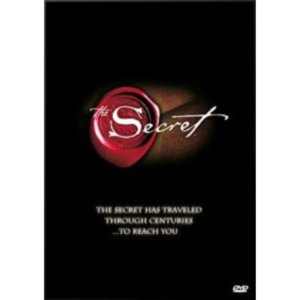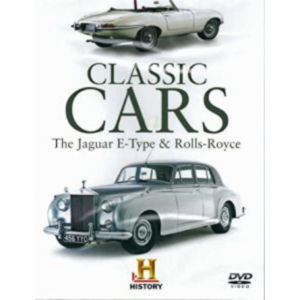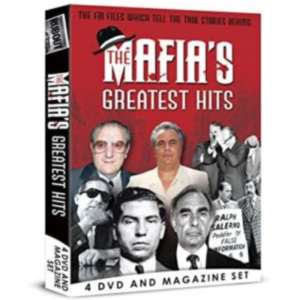Description
History of the Grand Prix DVD Boxset
The History of the Grand Prix DVD Boxset and Magazine Gift Set combines a full-colour magazine edition of the history of the Grand Prix. It includes driver biographies and briefings Featuring Moss, Fangio, Clark, Senna and Schumacher. The four DVDs feature: Racing Through Time History of the Grand Prix Great Circuits Ferrari Ayrton Senna
The history of the Grand Prix
Meanwhile, as a result of the French audience’s enthusiasm for the car, motor racing was born in France. Consequently, an attraction for manufacturers was the chance to have their cars displayed in motor racing.
Le Petit Journal, a Paris newspaper, organized the first motoring contest on July 22, 1894. Its route was 126 km (78 mi) from Paris’ Porte Maillot through the Bois de Boulogne to Rouen.
After six hours and 48 minutes of travelling, Count Jules-Albert de Dion was the first to arrived at Rouen at an average speed of 19 km/h (12 mph).
As a result, he won by three minutes 30 seconds over Albert Lemaître (Peugeot), followed by Auguste Doriot (16 minutes 30 seconds back), René Panhard (33 minutes 30 seconds), and Émile Levassor (55 minutes 30 seconds).
Therefore, Peugeot and Panhard won the race. They judged the cars on speed, handling, and safety.
A decade before World War I, James Gordon Bennett, Jr., established the Gordon Bennett Cup. He was the owner of the New York Herald and International Herald Tribune.
By organizing an international event, he hoped automobile manufacturers would raise the standards of their cars.
There was a limit of three entries per country. Each vehicle had to be built in the country that it represented. Furthermore, the governing body of that country had to enter the car(s).
At this event, they introduced the colours of international racing.
As a result of the Paris-Madrid road race fatalities in 1903, the race at Athy in Ireland was run on a closed circuit, albeit on public roads. It was the first closed-circuit motor race.
In 1904, William Kissam Vanderbilt II launched The Vanderbilt Cup on Long Island, New York by William Kissam Vanderbilt II.





